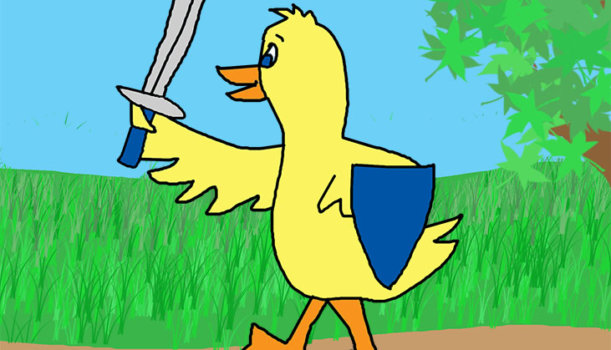A lot goes into a good hero – admirable traits, personality, maybe even special powers – but it can all fall flat without one key storytelling component. If it looks like a hero and talks like a hero, is it a hero? Maybe not. I just finished doing a significant rewrite of my novel after discovering one critical rule.
Discovery of the key

In one of my fantasy novels, my main character already had some heroic traits—compassion, a noble heart, and her own kind of courage—but none of my readers liked her. She always remained lackluster. Critique partners suggested I give her special powers or magic to make her special, which I resisted. I wanted to show that an ordinary person can rise to extraordinary heroism. Because—let’s be honest—most of us consider ourselves pretty ordinary.
For literally years, I puzzled over the problem with this character. Then, in a writing workshop unrelated to character building or the hero’s arc or any such obvious approach, the answer struck me. In a discussion of action scenes came this simple concept: the hero has to lead the action. If the hero doesn’t commit and lead, he’s not the hero of that scene.
The simple rule of action
Action is the key. And I don’t mean events happening around the hero. The hero’s choice to take initiative and achieve the resolution makes the difference between a compelling hero and one that’s just so-so. A couple things can get in the way of a hero taking proper action:
Other Characters
My story had lots of very cool, extremely competent characters. They caused a problem by taking the limelight from my heroine. In danger, they leaped in with their swords flashing to save the day, while my heroine—not a warrior—stood on the sidelines. If other characters prevent the hero from saving the day, then get them temporarily out of the way. I ended up eliminating three characters my heroine relied on heavily so she’d be forced to make the decisions and step into the gap, which made her a stronger character.
Responding to Events
Though the plot of my novel held many exciting twists and turns, they weren’t initiated by my heroine. She always reacted to them. A hero who’s just along from the ride doesn’t feel like a hero. Though events outside the hero’s control are necessary to complicate the plot and raise the stakes, the hero must commit to a course of action despite their initial unwillingness or setbacks. My heroine made a promise at the outset of the story, and with each complication or doubt, recommitted to her mission until she ultimately made her own plans to steer the plot instead of changing her course around the obstacles coming at her.
Conclusion
The problem with my character wasn’t that she lacked the qualities of a hero, but that she was passive and didn’t act like a hero. By applying the rule of action, I was able to create a heroine who doesn’t need special powers to make her heroic. She’s an ordinary person just like the rest of us who achieves incredible feats. Every one of us possesses a special identity with the potential to change the world. We just need to discover and step into our calling—and that’s what the heroine in my story learned. If it looks like a hero and quacks—I mean acts—like a hero, then call it a hero!
What do you think is necessary for a good hero in a story?
Please review the Posting Policy before commenting.


